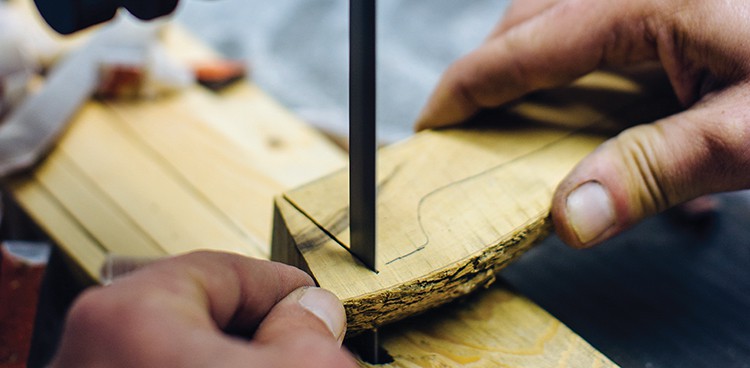
More than 50 working steps are required to transform raw materials—steel, plus resin, horn, or wood for the handle—into a celebrated Coltellerie Berti knife. A single artisan ushers one blade through the process—that’s a lot of hewing, forging, and polishing, as the family-owned Tuscan workshop turns out some 20,000 knives each year. The company’s collection includes paring, carving, and chef’s styles, as well as seven cheese knives, each designed to tackle a different texture. (The bow, for one, slices super-soft wedges with ease.)
“To be tasted at its best, cheese must be cut according to precise geometry, which requires specific tools,” says CEO Andrea Berti, a big fan of Parmigiano Reggiano, ripe Castelmagno, and Fiore Sardo. Ahead, a peek behind the scenes at this sharp outfit—on the cutting edge since 1895.
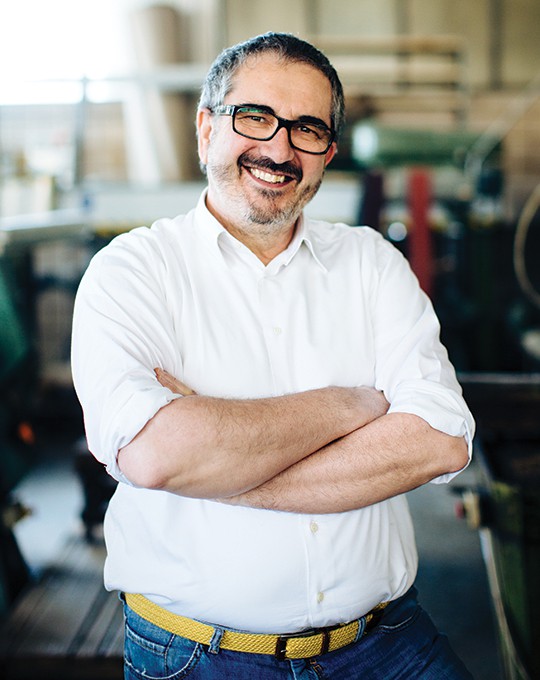
Coltellerie Berti CEO Andrea Berti in the workshop.
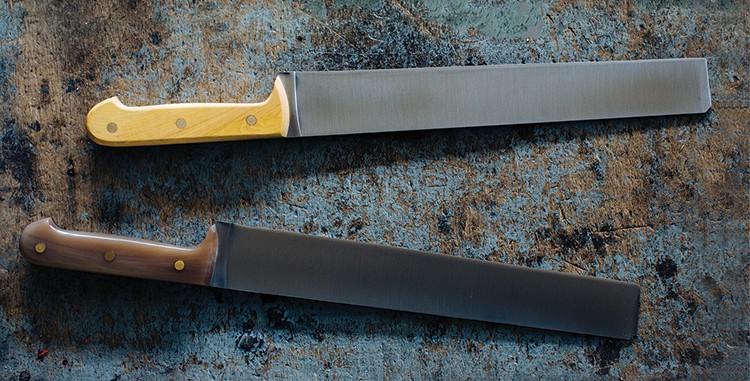 A finished hard-cheese knife with a boxwood handle, top, and a finished hard-cheese knife with a horn handle, bottom.
A finished hard-cheese knife with a boxwood handle, top, and a finished hard-cheese knife with a horn handle, bottom.
The light-filled Coltellerie Berti store in Florence, Italy.

Ox horns are slowly dried for two years before they’re ready to be turned into knife handles. They are painted to prevent them from drying out too quickly.
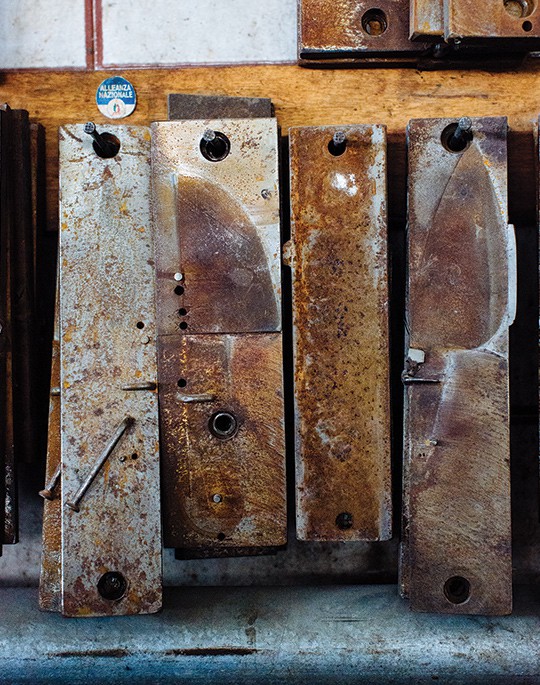
Hard-cheese knife blades ready for the grinder
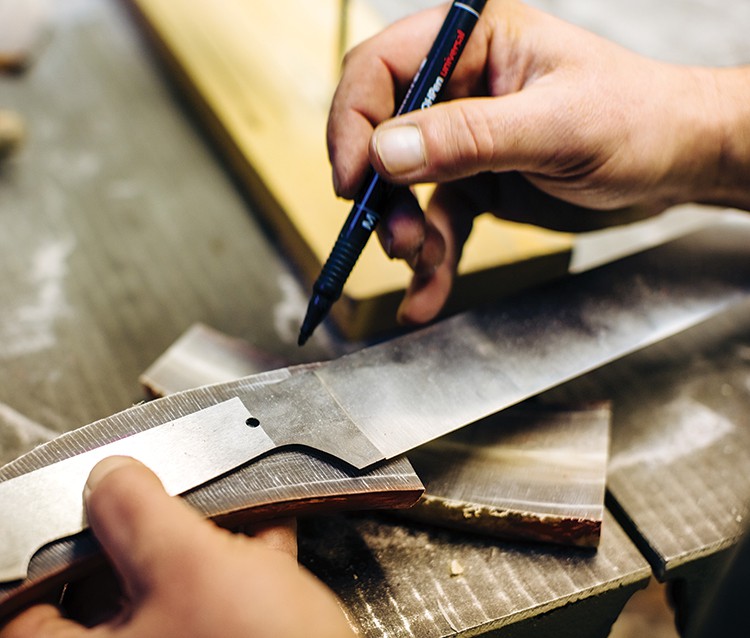
Tracing the shape of the handle on a piece of ox horn. To create the handle, two pieces of horn (called “scales”) are joined together around the blade.

Using a saw to cut the handle from the horn.
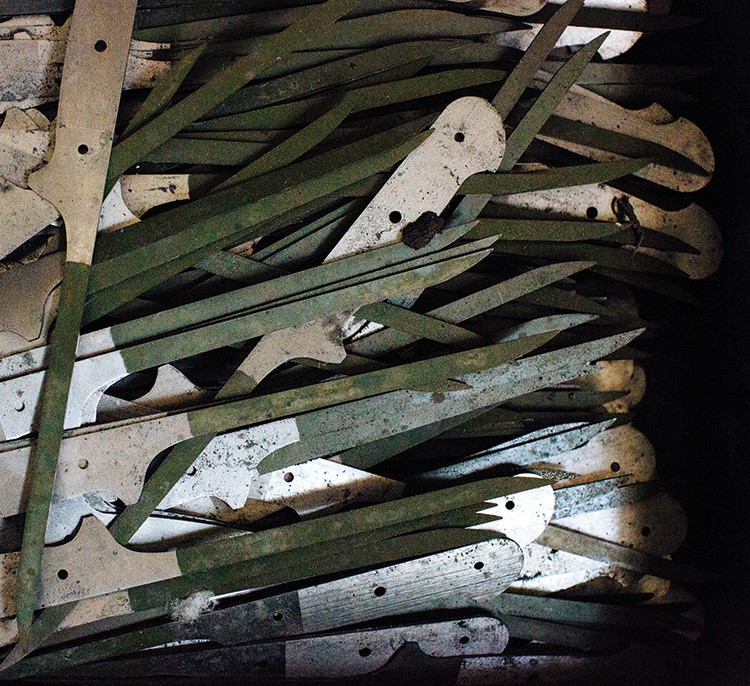
Blades wait to become soft-cheese knives.
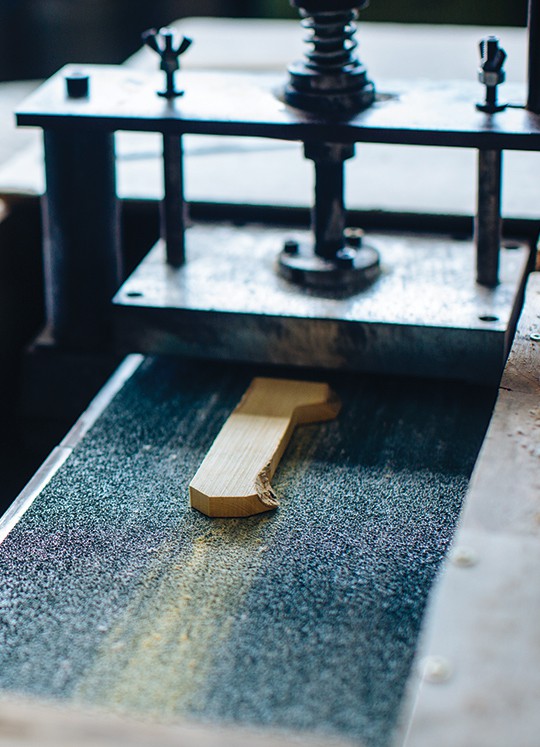
The initial handle sanding is done by machine.
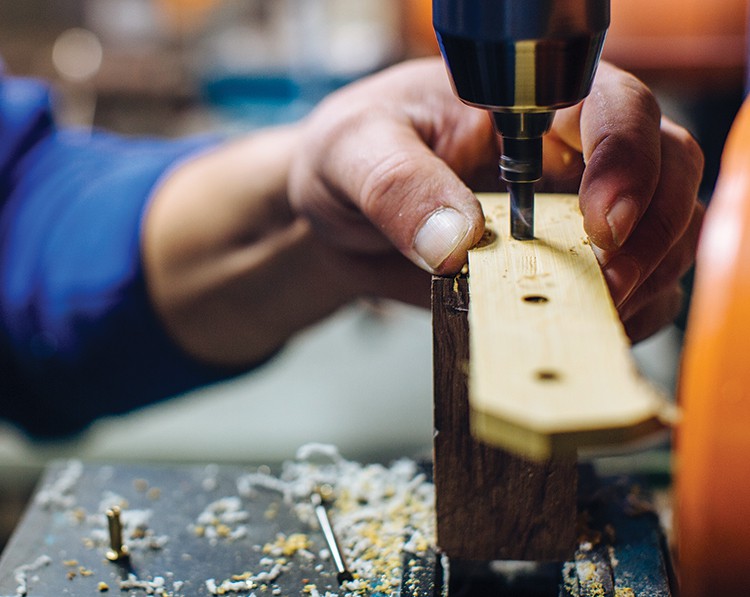
Countersinking holes for the handle rivets.
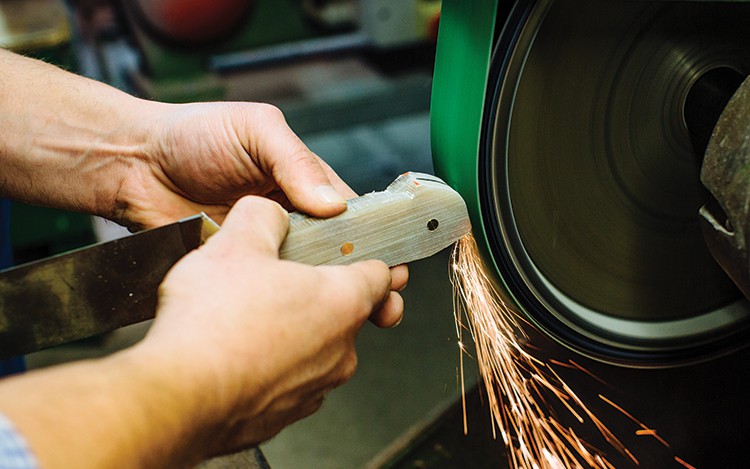
Additional sanding is done by hand.
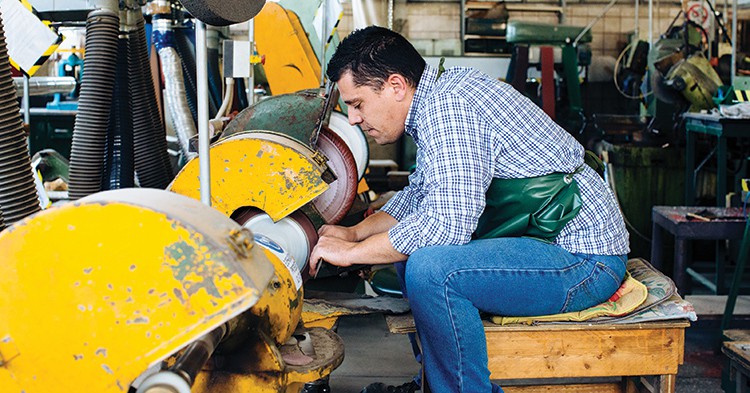
Longtime Coltellerie Berti craftsman Danielie Rogai—he’s worked at the company for 18 years—polishes the bolster of a forged blade.
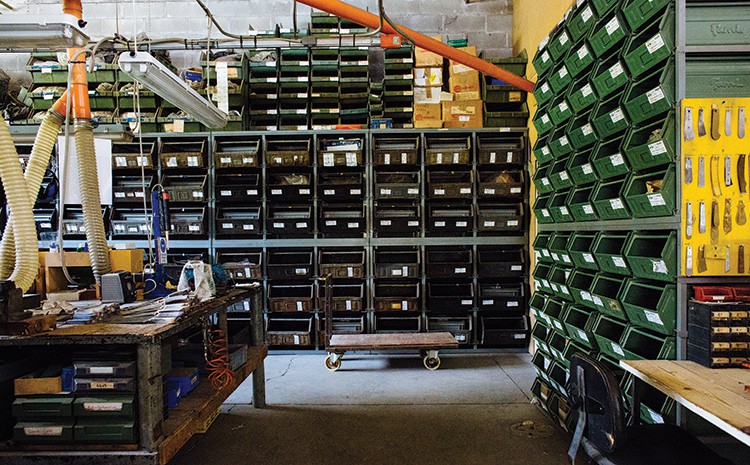
Drawers in the workshop contain different knife components.
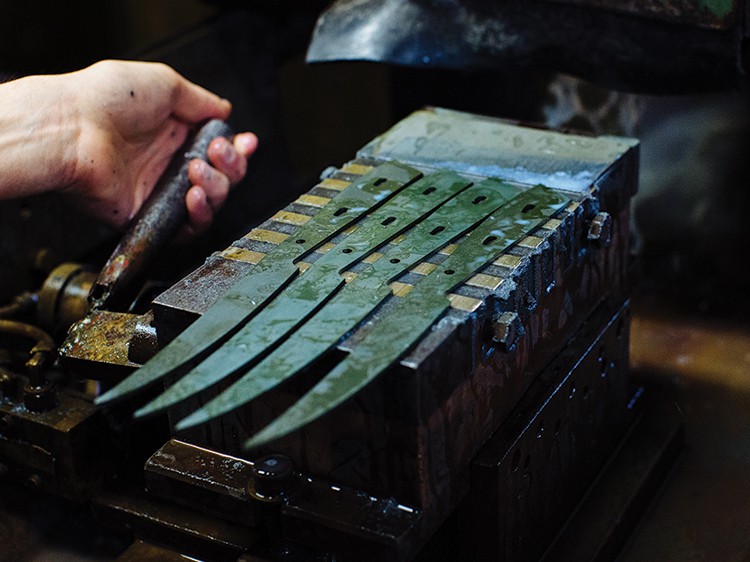
The back part of the knife blade—where it connects to the handle—is called the “tang.” Here, an artisan cleans the tangs in advance of attaching them to handles.
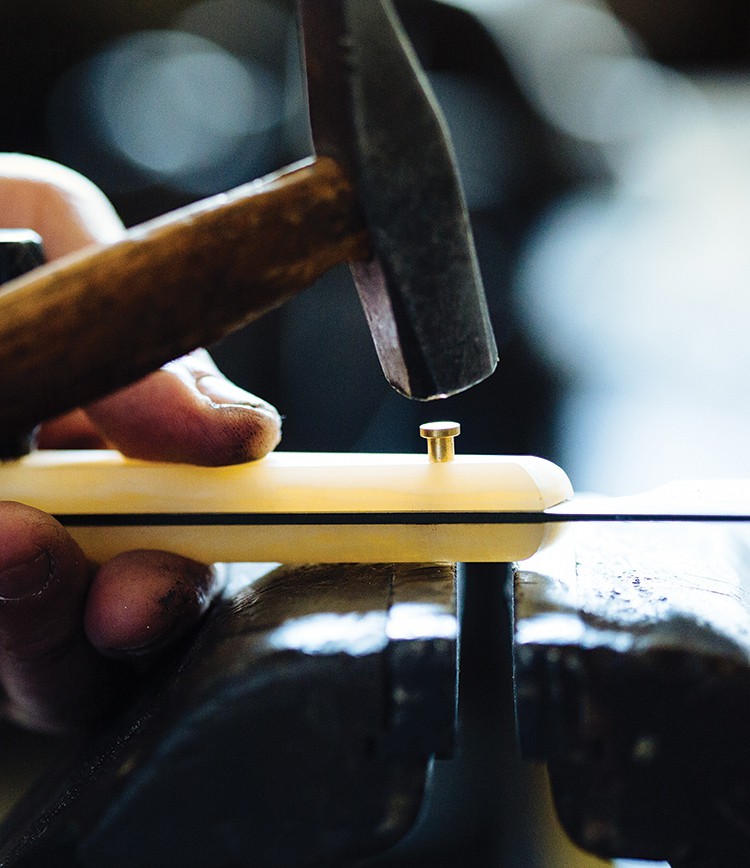
Attaching a handle to the blade of an almost-finished knife.

Coltellerie Berti employee Veronica Romei polishes a knife before packaging it.

Cheese knives on display at the shop.




